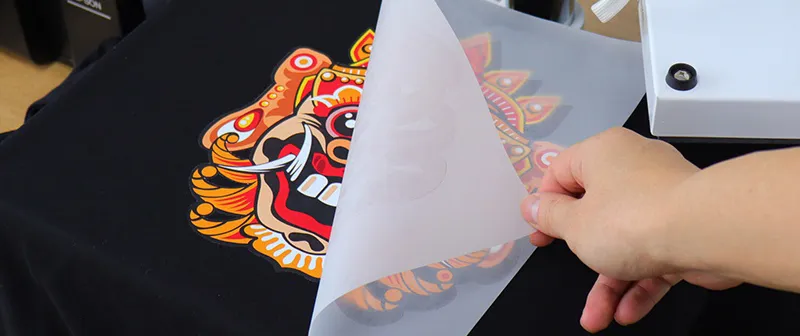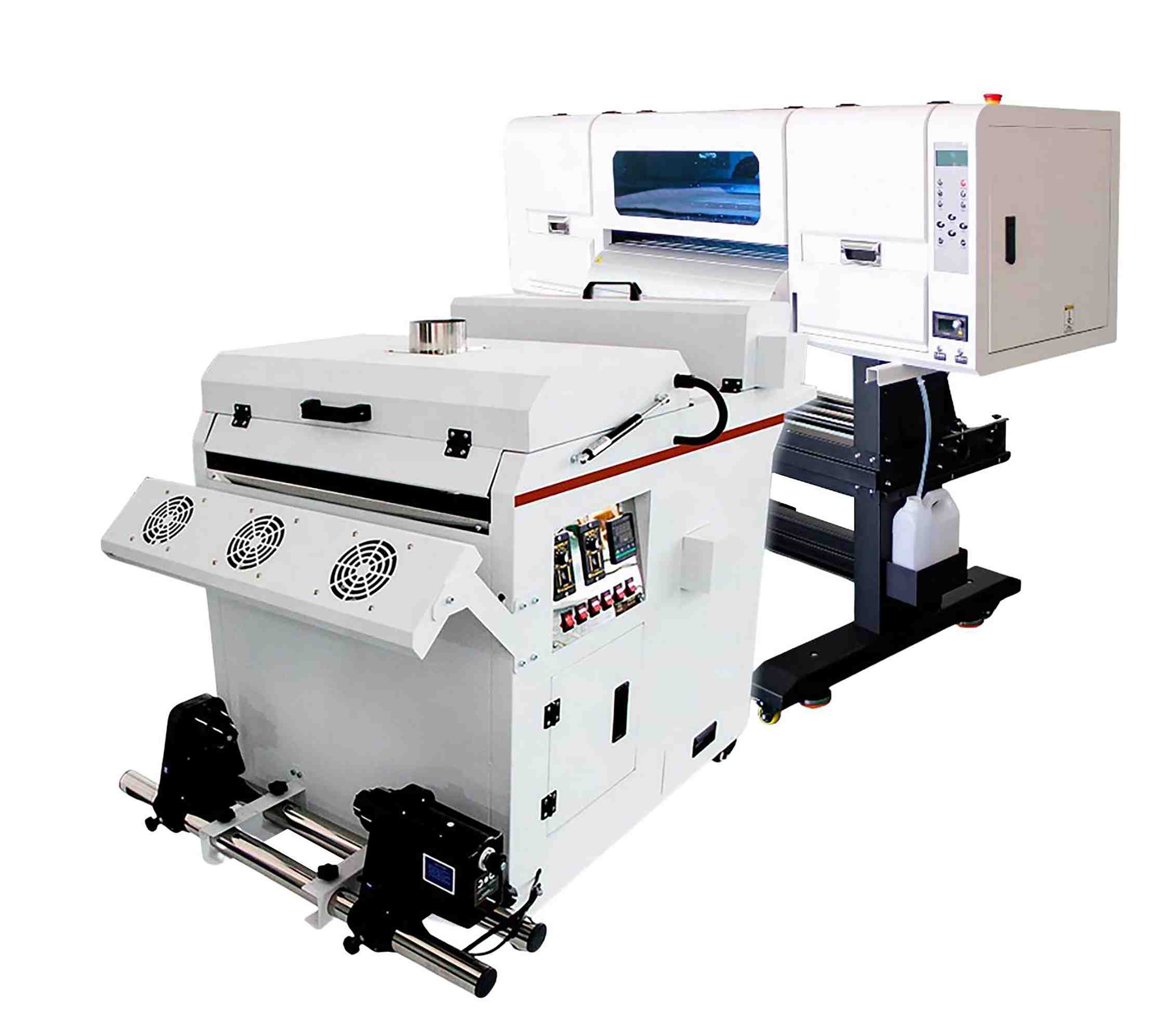Understanding DTF Printing: A Comprehensive Guide to Direct-to-Film Techniques
Understanding DTF Printing: A Comprehensive Guide to Direct-to-Film Techniques
Blog Article
Ultimate Guide to DTF Printing Techniques for Stunning Textile Styles
Starting the trip of grasping DTF printing strategies can open a world of opportunities for developing visually captivating fabric layouts. As the fabric market proceeds to evolve, staying ahead of the curve with ingenious printing approaches is vital. In this guide, we will check out the elaborate information of DTF printing, from realizing the basic basics to unraveling progressed color strategies that can boost your styles to new heights. Remain tuned as we look into the nuances of choosing the best materials, developing the printing procedure, and getting rid of common difficulties to achieve stunning outcomes.
Recognizing DTF Printing Fundamentals
DTF printing, a procedure that includes transferring layouts from an unique movie to fabrics using warm and stress, develops the foundation of textile printing methods. This innovative method permits high-grade, vivid layouts to be effortlessly moved onto different materials with precision and detail. The very first step in DTF printing includes producing or picking a layout that will be published onto the textile. This style is after that printed onto an unique film utilizing a DTF printer, which makes use of certain dyes or pigments to make sure color precision and sturdiness.
Once the layout is printed on the film, it is then very carefully positioned onto the material, guaranteeing correct positioning and positioning. The following vital step includes applying warm and pressure making use of a warmth press machine. This process turns on the dyes or pigments on the movie, triggering them to sublimate and bond with the textile fibers completely. The final outcome is a magnificent, durable fabric style that is washable, versatile, and immune to fading. Overall, recognizing the essentials of DTF printing is vital for understanding this modern-day fabric printing strategy.
Selecting the Right Textile Materials
Having actually developed the foundational concepts of DTF printing techniques for textile styles, the next vital consideration exists in selecting the proper textile products to enhance this cutting-edge procedure properly. The success of a DTF print largely depends upon the compatibility in between the picked textile and the printing technique. When choosing textile materials for DTF printing, it is important to consider the fabric's composition, weave, and structure. Fabrics that function well with DTF printing include polyester blends, spandex, nylon, and various other artificial products. These materials usually have a smooth surface that enables comprehensive and dynamic prints. Furthermore, the stretchability of these materials can accommodate the warm transfer procedure involved in DTF printing without misshaping the design. It is a good idea to avoid natural fibers such as cotton or silk, as they may not generate the same level of print quality and resilience. By selecting the ideal textile products, designers can make the most of the potential of DTF printing to produce sensational and durable textile layouts.

Understanding the Printing Process
To stand out in DTF printing methods for fabric styles, mastering the printing process is vital for accomplishing premium and consistent outcomes. The temperature, pressure, and duration of warmth application need to be thoroughly controlled to make sure proper attachment find more info of the style to the fabric. By developing each of these actions in the printing process, developers you can try these out can regularly generate sturdy and sensational textile layouts with DTF printing techniques.
Enhancing Styles With Shade Techniques

Moreover, explore shade gradients can bring a sense of motion and fluidity to the style. By blending colors effortlessly, a slope impact can be accomplished, including a contemporary and dynamic touch to the fabric style. Additionally, using color obstructing methods can create bold and striking visuals by juxtaposing various solid colors in distinctive areas of the style.
Moreover, incorporating metallic or neon colors can give a distinct and eye-catching element to the textile design, making it stick out and radiate a sense of vibrancy. When purposefully used, these shade strategies can elevate the total visual charm of fabric layouts, making them much more fascinating and unforgettable.
Troubleshooting Common DTF Printing Issues
After checking out different color strategies to enhance textile designs, it is necessary to deal with typical DTF printing problems that might arise throughout the manufacturing process. One common problem is inadequate adhesion, which can result from improper healing temperature levels or times. To resolve this issue, make certain that the curing settings are accurate and that the sticky made use of is appropriate for the certain fabric being printed on. see here now An additional frequent obstacle is shade inconsistencies, where colors may show up in a different way than anticipated. This can be brought on by inaccurate color profiles or settings in the printing software. To tackle this, ascertain the color settings and profiles to ensure they match the desired style. In addition, concerns with picture clarity and intensity can occur as a result of low-resolution images or improper printing techniques. To resolve this, constantly make use of premium images and change the printing setups for optimum clarity. By knowing these usual troubles and carrying out the required troubleshooting steps, you can improve the total quality of your DTF printed fabric designs.
Final Thought
In verdict, understanding DTF printing methods is important for producing stunning textile designs. With method and focus to detail, one can create beautiful and one-of-a-kind textile designs making use of DTF printing methods.
Layouts))))
DTF printing, a process that includes moving styles from a special film to fabrics making use of warmth and stress, develops the structure of textile printing methods.Having actually established the fundamental concepts of DTF printing methods for textile layouts, the following crucial factor to consider lies in selecting the proper textile materials to match this cutting-edge procedure successfully. By selecting the ideal textile products, developers can make best use of the capacity of DTF printing to develop magnificent and durable textile layouts.
To stand out in DTF printing techniques for textile layouts, mastering the printing process is important for achieving top notch and consistent outcomes. DTF Printing. By developing each of these actions in the printing process, designers can regularly create resilient and sensational textile styles with DTF printing methods
Report this page